For millions of viewers, the riotous end-credit photo sequence in 2009’s The Hangover wasn’t just a comedic payoff—it was the outrageous visual punchline to one of cinema’s most infamous lost nights. But what audiences assumed were cleverly staged gags held a far stranger truth: every single photo was 100% authentic, captured in real-time amidst the chaos of Las Vegas. Director Todd Phillips stunned fans by confirming these images weren’t movie magic—they were spontaneous, unrepeatable moments of madness starring the actual cast, often involving bewildered bystanders and genuine risk .
The Director’s Revelation: Capturing Chaos Without a Net
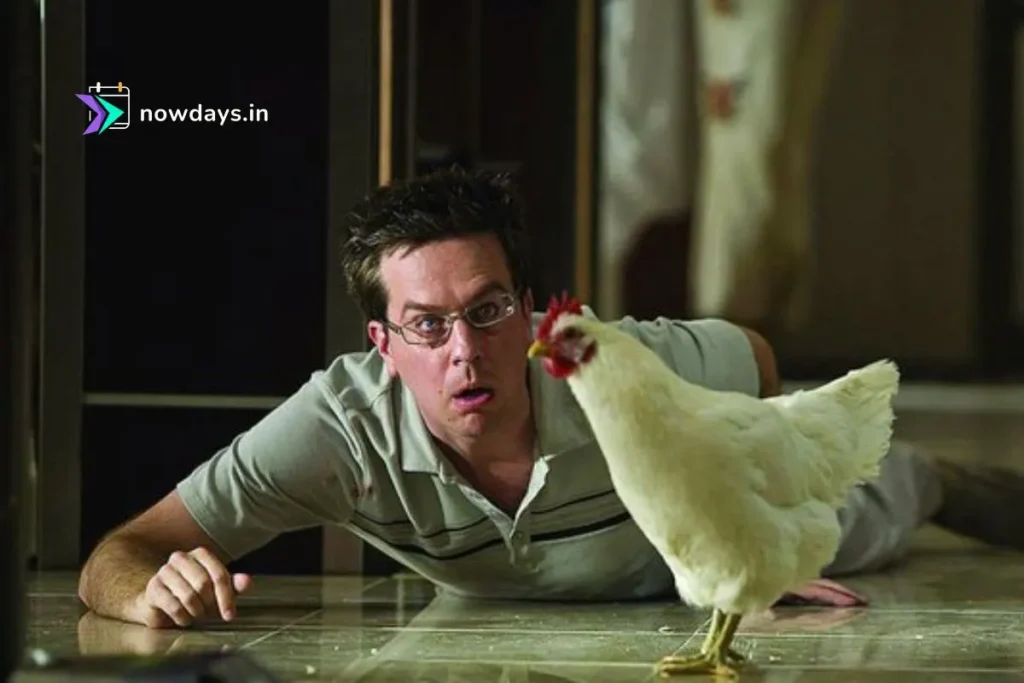
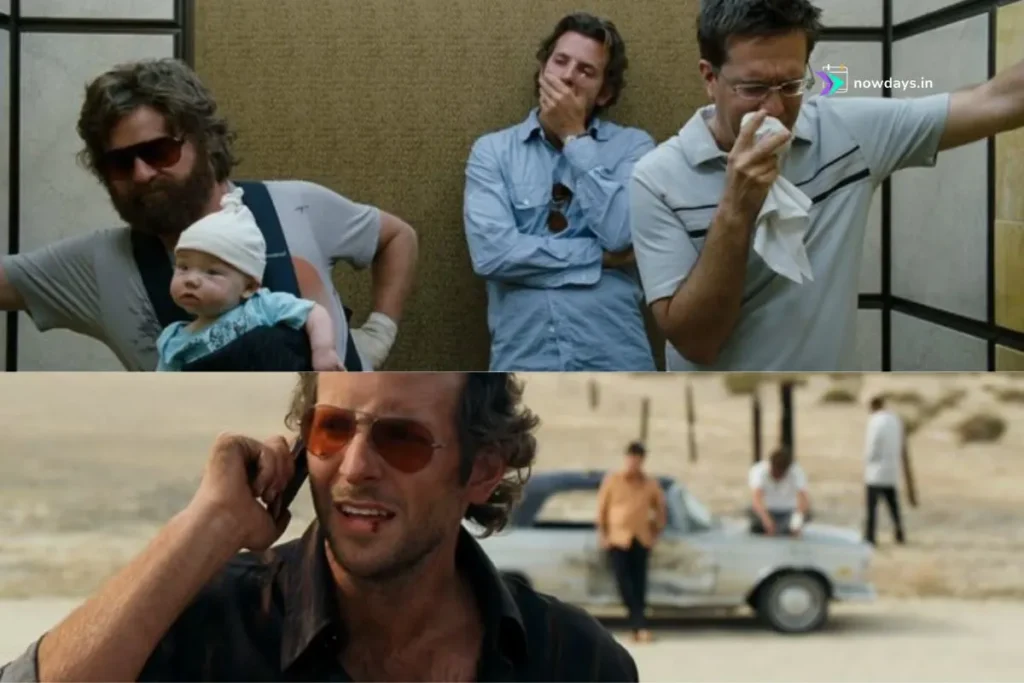
In multiple interviews, Phillips shattered the illusion that the photos were carefully constructed studio shots. Armed only with his personal camera and a flash, he led actors Bradley Cooper, Ed Helms, and Zach Galifianakis on guerrilla-style missions across Las Vegas during filming breaks. “Everything that we photographed we went and did,” Phillips told MTV, emphasizing the spontaneous, improvisational nature of the shoots . This wasn’t a controlled set: many images were snapped amid real crowds on the Strip, turning unsuspecting tourists into accidental extras in Hollywood history. The approach mirrored the film’s plot—a blur of unscripted chaos where even the director wasn’t always sure what would happen next .
Beyond the Lens: Controversial Shots and Cast Regrets
The authenticity came at a cost, particularly for Zach Galifianakis. His infamous elevator photo with an older woman—a graphic moment that shocked audiences—was entirely real. Galifianakis later admitted, “I got talked into it. I offered Todd’s assistant $1,000 if he could convince Todd not to have that in the movie.” Despite his desperate bribe, Phillips included it, cementing the scene as one of the franchise’s most jaw-dropping reveals . Other high-risk moments pushed boundaries further:
- Tiger Troubles: While trained animals were used for filming, Ed Helms confirmed the cast got “stupidly close” during the tiger photo ops, adding genuine adrenaline to the shoot .
- Cameo Chaos: Real-life Vegas personalities like Carrot Top appeared alongside the cast, with one controversial shot even depicting the comedian in a cocaine-related scenario—a detail never addressed in the film itself .
- Dental Deception: Though Stu’s tooth-pulling scene looked agonizingly real, Helms relied on a dental implant—a rare instance of Hollywood trickery in an otherwise authentic sequence .
The Photos as Storytellers: Filling in the Missing Night
Beyond their shock value, the photos served a critical narrative purpose. They answered burning questions the film deliberately left unanswered:
- Alan’s Surprise Wedding: Images confirmed his impulsive chapel marriage to a sex worker.
- Stu’s Missing Tooth: The pliers sequence revealed the grim (if slightly faked) truth.
- Mike Tyson’s Tiger: Showed the crew’s reckless animal handling.
- Alan’s Tattoo: A belly-button inking proved their night spiraled into truly regrettable territory .
Table: Key Revelations from The Hangover’s Authentic End-Credit Photos
| Photo Subject | Plot Revelation | Behind-the-Scenes Truth |
|---|---|---|
| Alan in Elevator | Illicit encounter | Galifianakis’ real, regretted moment |
| Stu with Pliers | Self-inflicted tooth loss | Helms’ actual dental implant used |
| Group with Tiger | Stole Mike Tyson’s animal | Real tiger; cast got “stupidly close” |
| Alan’s Tattoo | Drunken ink session | Authentic tattoo parlor setting |
| Cameo (Carrot Top) | Unseen drug use | Real Vegas personality participating |
Why Authenticity Mattered: Cementing a Comedy Legacy
Phillips’ commitment to realism transformed the credits from a footnote into a legendary cinematic moment. By embedding the actors in real Vegas chaos—whether dragging a police cruiser through traffic or stumbling through casinos—the photos blurred the line between fiction and reality. This raw, unvarnished approach achieved three critical outcomes:
- Audience Connection: Viewers felt like they were uncovering genuine evidence alongside the characters, deepening engagement.
- Cultural Impact: The sequence became instantly iconic, inspiring countless parodies and cementing the film’s legacy.
- Creative Integrity: It proved that comedy’s biggest laughs often come not from scripts, but from surrendering to unpredictability .
The gamble paid off. The Hangover shattered box office records, becoming the highest-grossing R-rated comedy in history at the time—a title held for years . The photos weren’t just a bonus; they were a masterstroke in immersive storytelling.
Conclusion: The Unrepeatable Magic of Real Risk
Todd Phillips’ revelation about The Hangover’s end credits exposes a deeper truth about comedy: the moments we remember are often the ones no script could invent. In an era of CGI and tightly controlled sets, these photos stand as a testament to the power of spontaneity—and the sheer audacity of a director willing to unleash his cast on Las Vegas with a camera. As Phillips himself demonstrated, sometimes the wildest stories aren’t written; they’re lived, one flashbulb at a time. The next time you watch those credits, remember: you’re not just seeing a movie gag. You’re witnessing a piece of Hollywood history, forged in the chaotic, irreplaceable spirit of a night that even Vegas couldn’t forget.
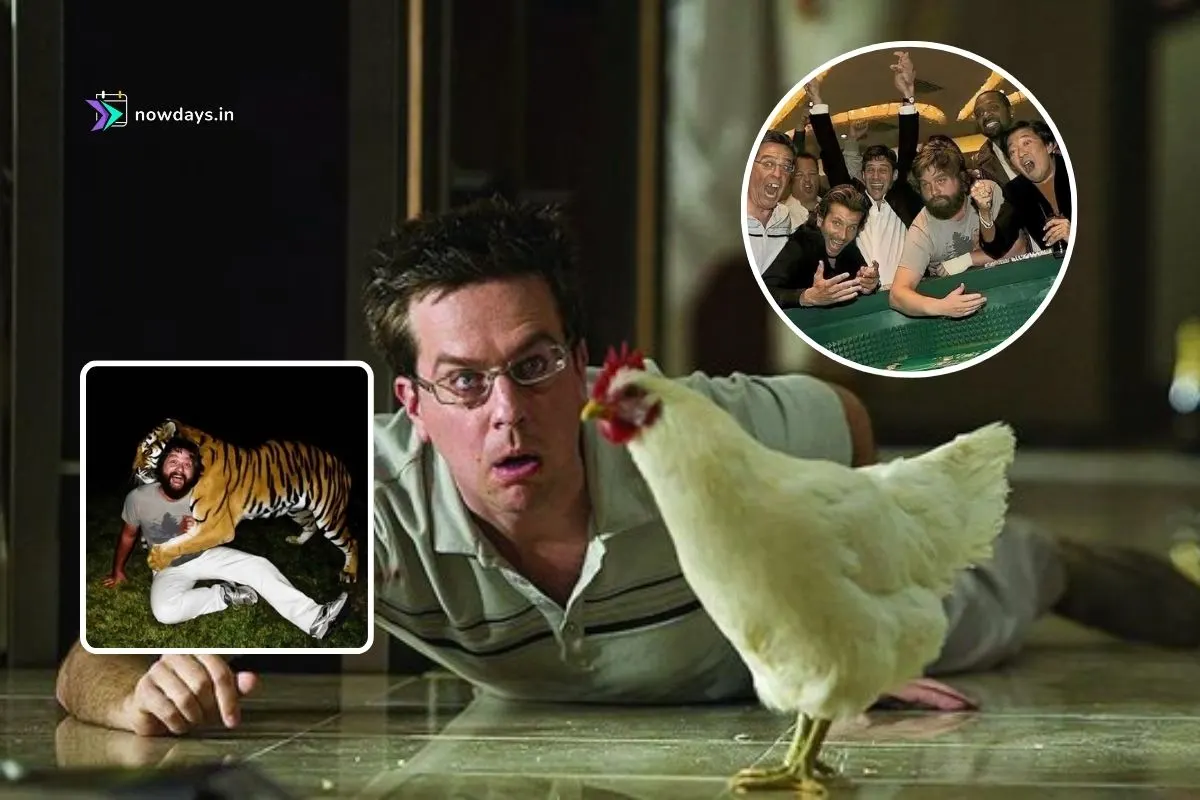
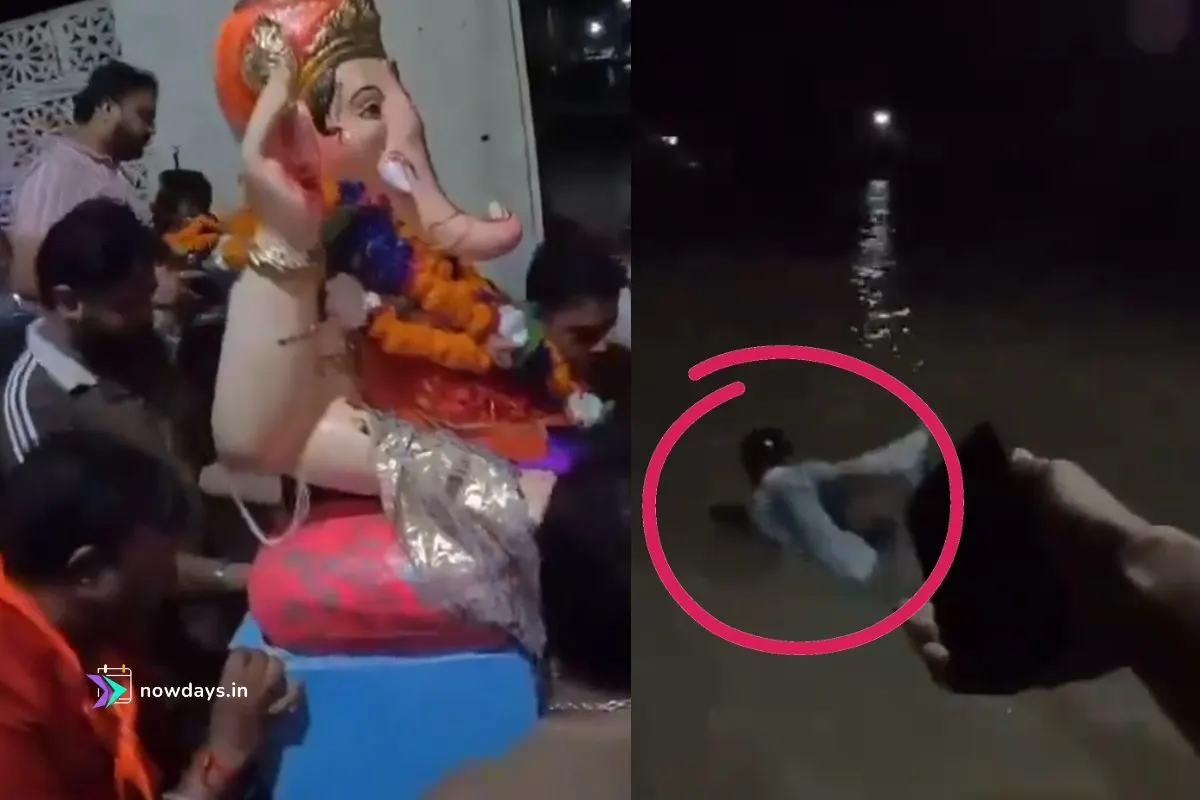

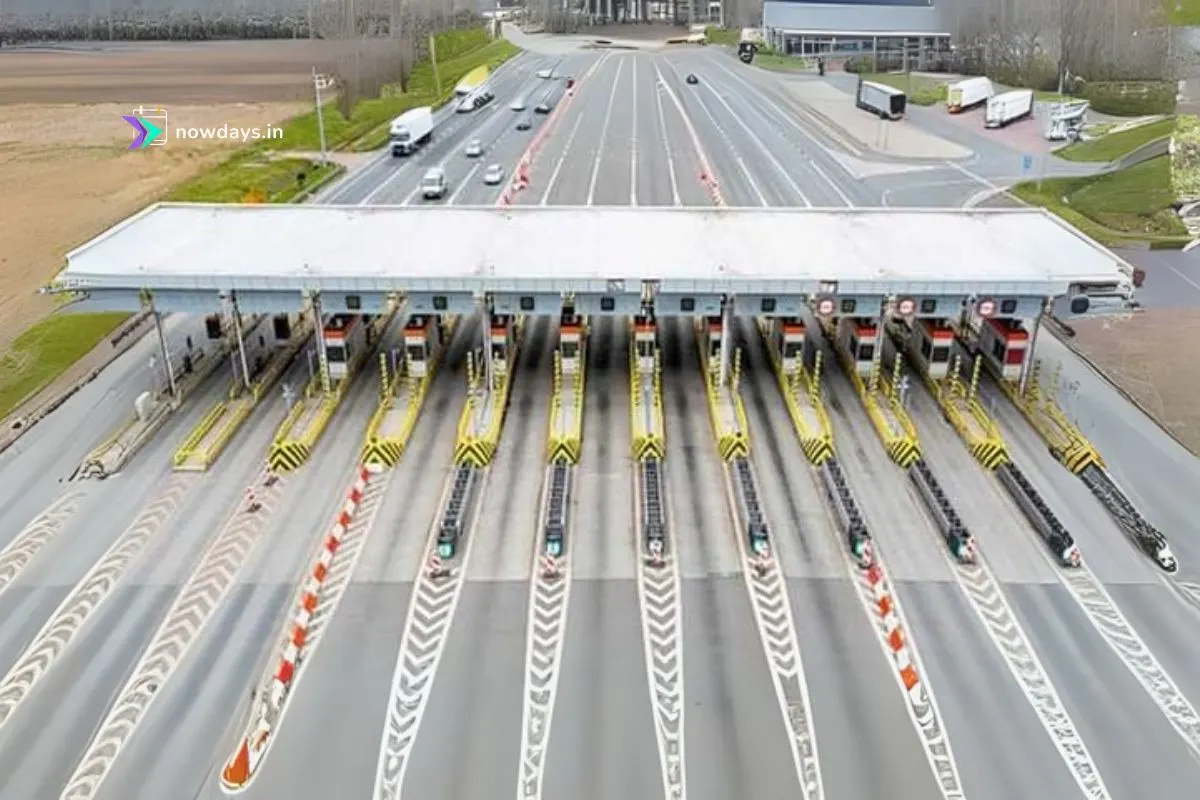
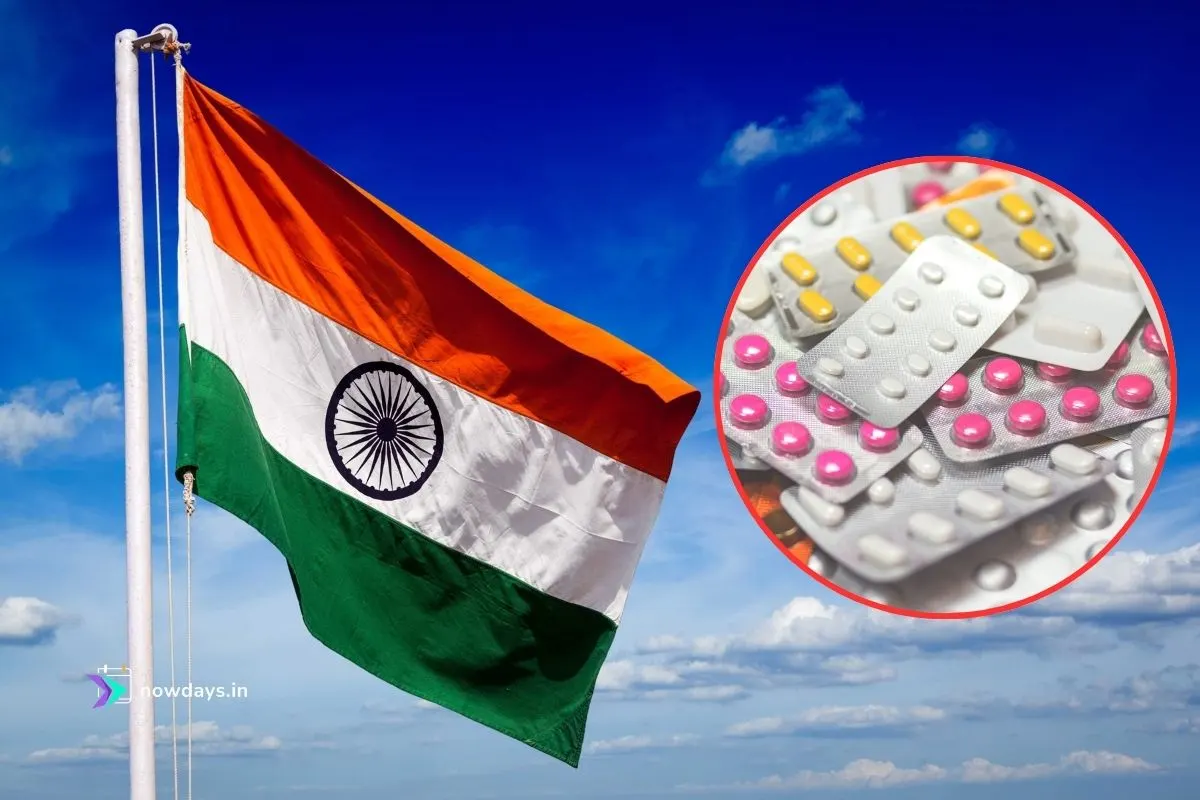

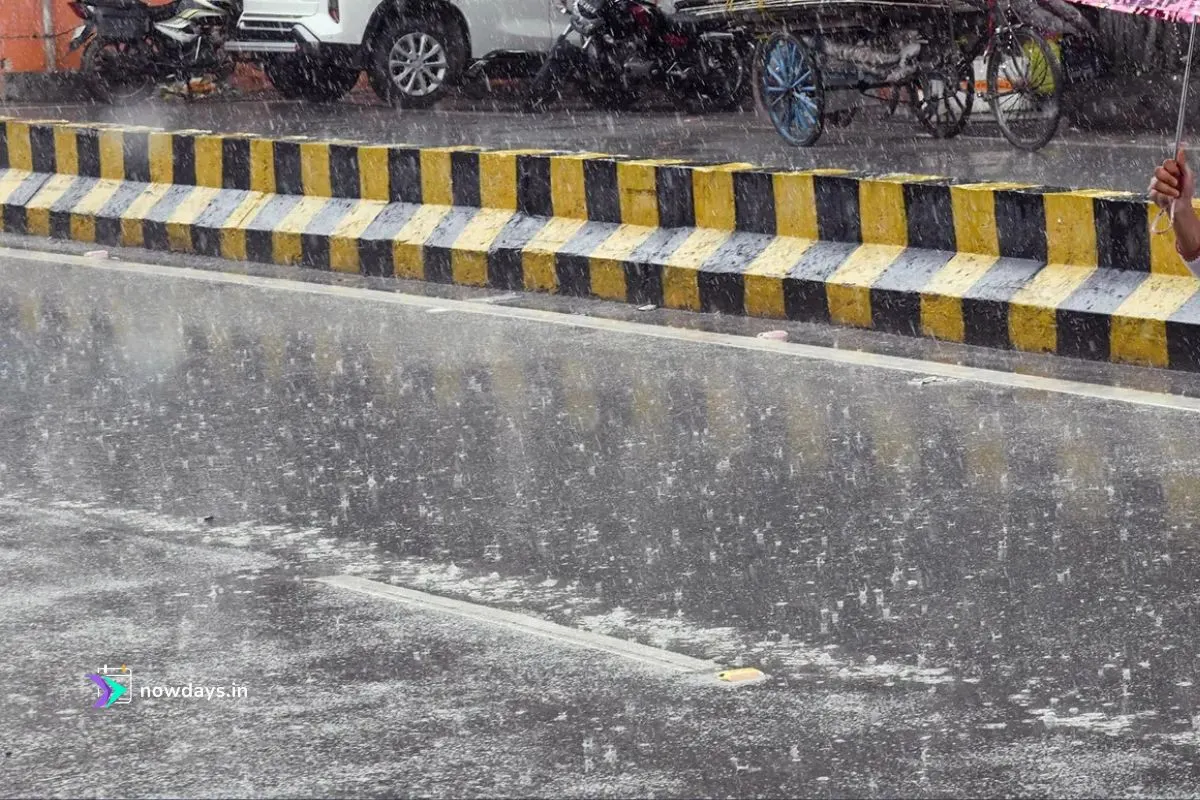
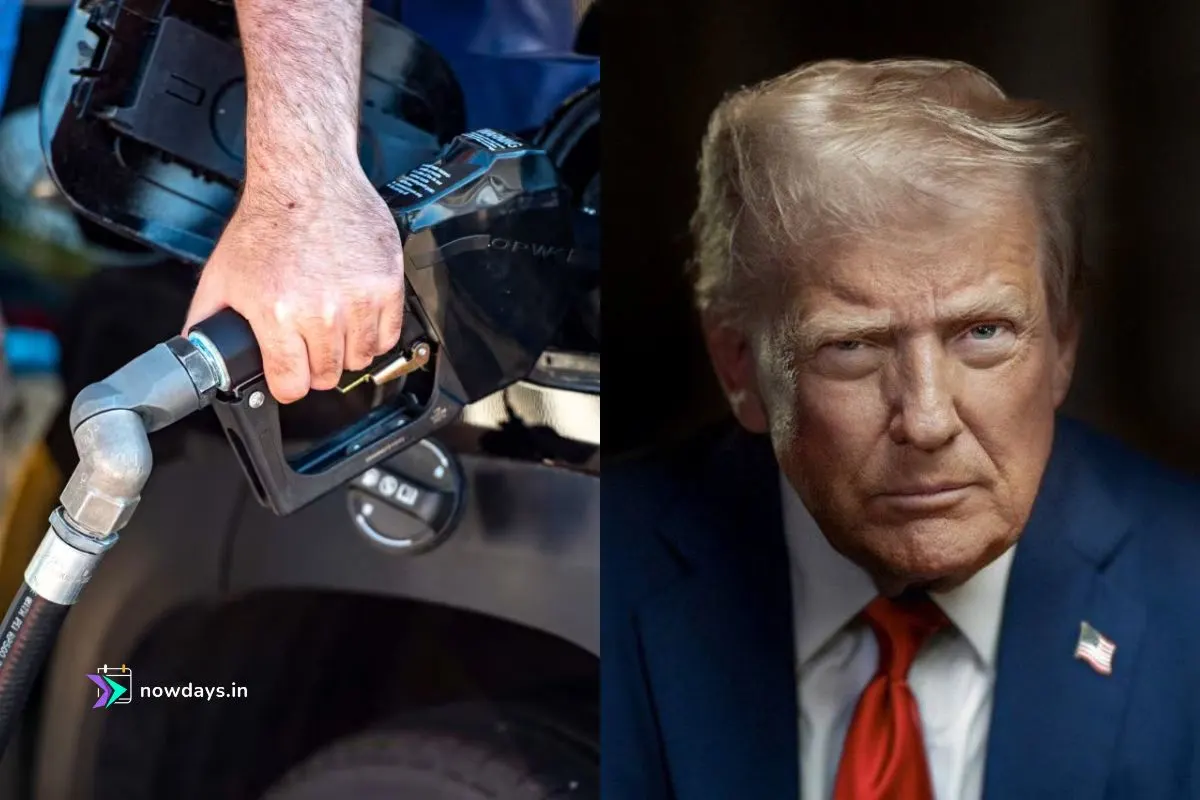
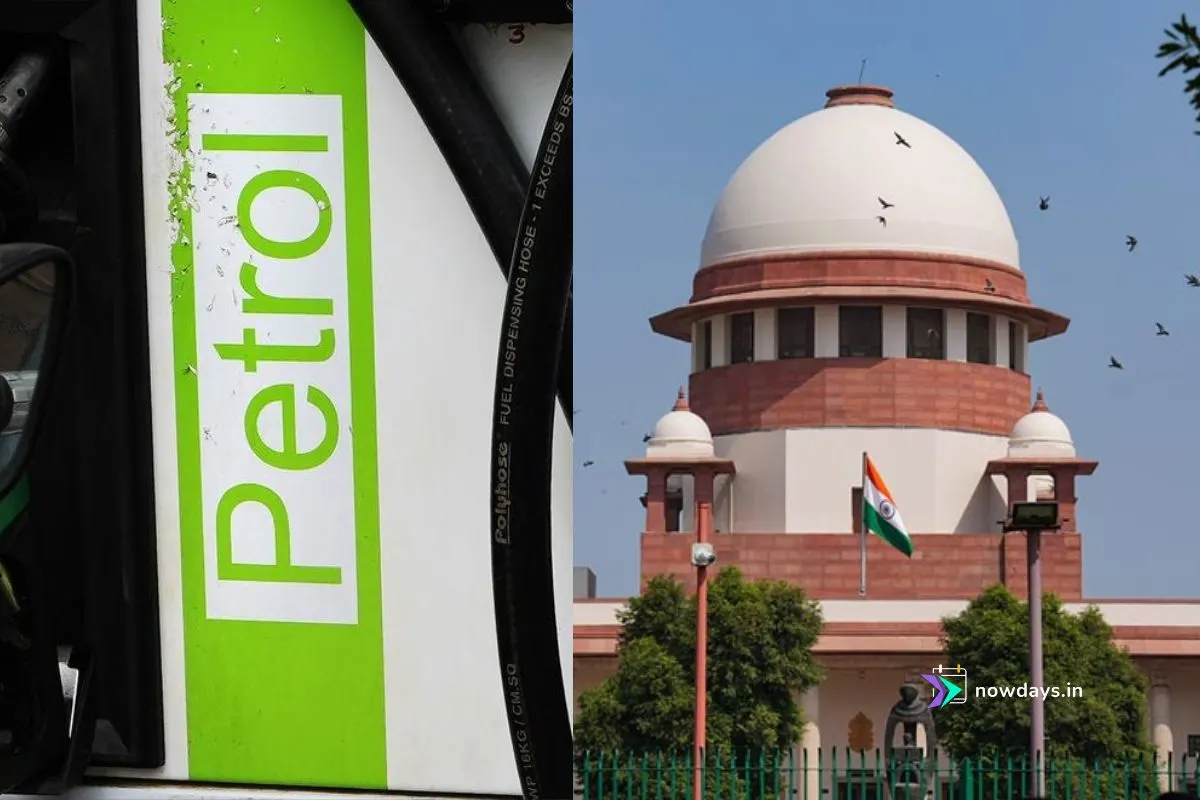

1 thought on “Todd Phillips Confirms ‘The Hangover’ End-Credit Photos Were 100% Real”